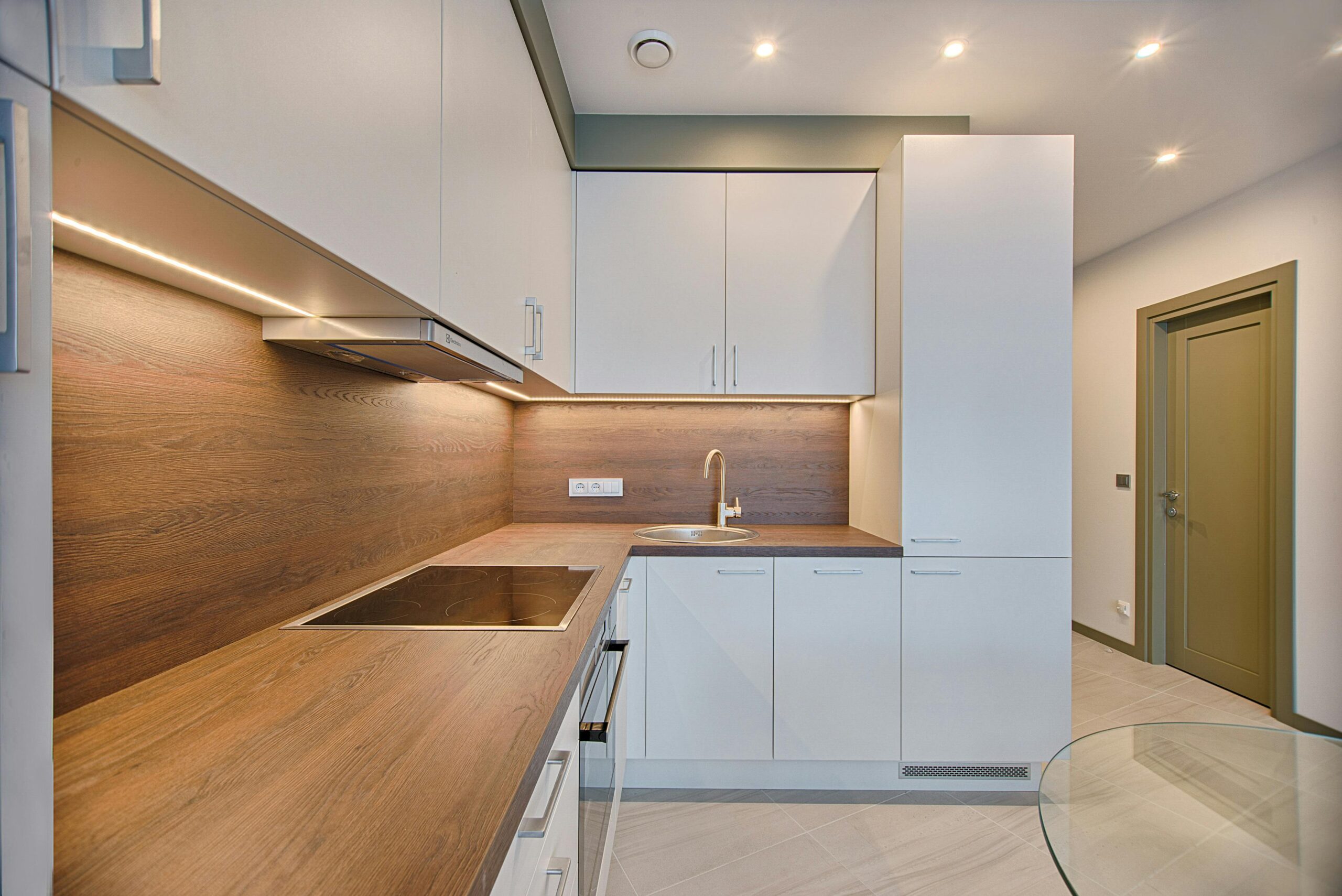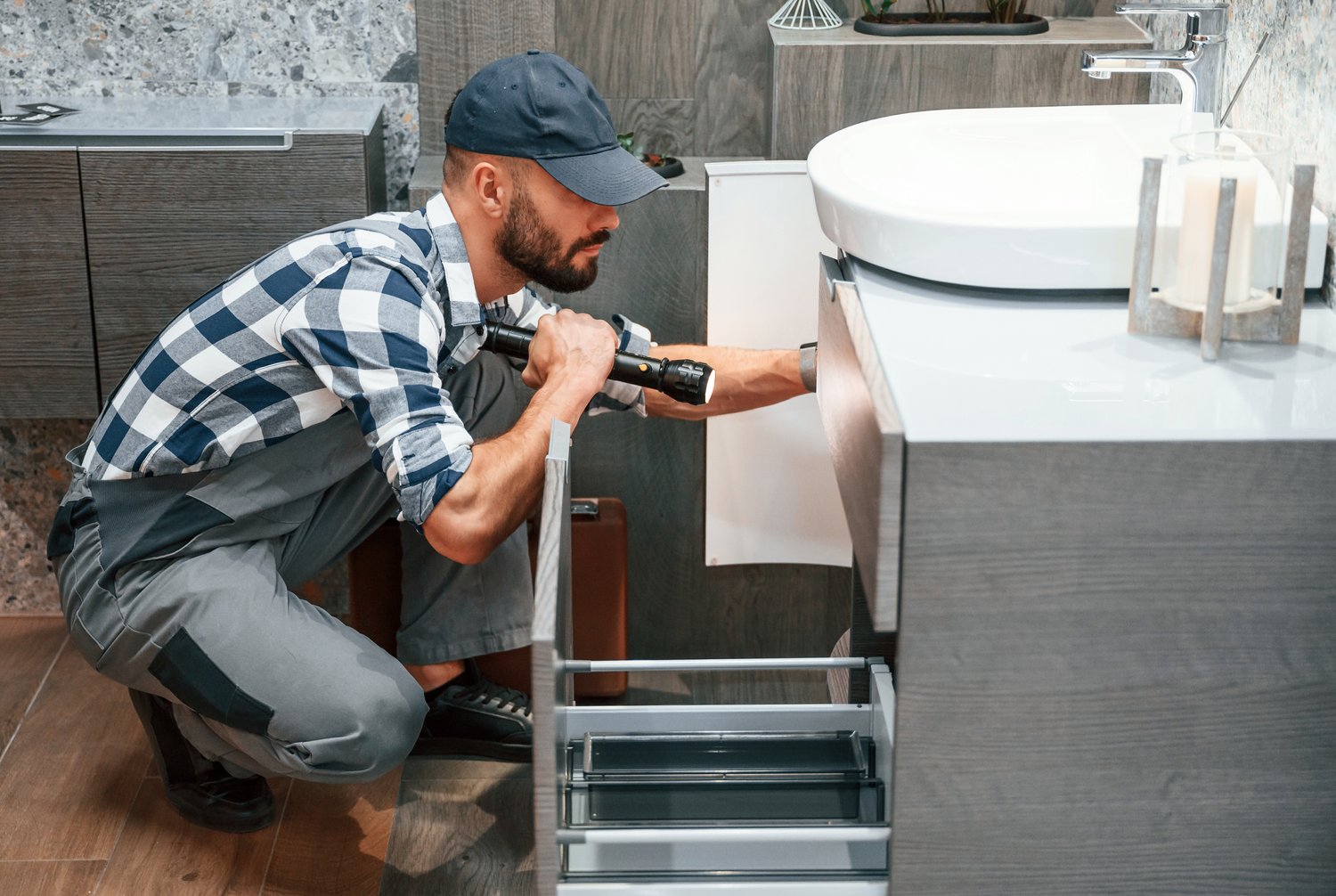Creating living spaces that accommodate everyone regardless of age, size, or ability is the cornerstone of universal design. In kitchens and bathrooms, where functionality is paramount, implementing accessible features can make daily activities safer and more comfortable for all household members. From curbless showers that eliminate tripping hazards to varied counter heights that serve users of different statures, universal design principles enhance usability without sacrificing aesthetics. This article explores practical approaches to designing kitchens and baths that remain functional throughout all life stages and circumstances.
Understanding Universal Design
Universal design goes beyond basic accessibility to create environments that are inherently usable by as many people as possible. Unlike specialized adaptive design, which modifies spaces for specific disabilities, universal design anticipates the needs of all potential users. The concept emerged from the understanding that environments should adapt to people rather than forcing people to adapt to environments. When applied to kitchens and bathrooms, universal design principles create spaces that accommodate children, adults, elderly individuals, and those with temporary or permanent mobility issues. These thoughtfully designed spaces allow homeowners to age in place comfortably, maintaining independence even as their physical capabilities change over time.
Key Elements of Accessible Kitchen Design
The kitchen serves as the heart of most homes, making accessible kitchen design essential for everyone’s comfort and safety. Implementing variable height countertops allows both standing and seated users to prepare food comfortably. Consider installing sections at 30 inches for seated users alongside standard 36-inch counters for standing work. Pull-out shelving and lazy Susans make storage accessible without awkward reaching or bending. Side-opening ovens eliminate the need to lean over a hot door, while lever-style handles on cabinets and touchless faucets benefit those with limited hand strength. Adequate lighting—especially task lighting focused on work areas—reduces eye strain and helps prevent accidents. Color contrast between countertops and edges aids in depth perception for those with vision impairments, creating a kitchen that works intuitively for everyone.
Creating an Aging in Place Bathroom
Bathrooms present unique challenges when designing for accessibility. Implementing aging in place bathroom features requires thoughtful planning but yields significant benefits in safety and independence. A curbless shower entrance eliminates tripping hazards while creating a sleek, contemporary look. Pair this with a built-in bench and adjustable-height handheld shower head to accommodate both standing and seated bathing. Non-slip flooring throughout the bathroom prevents falls even when surfaces are wet. Consider installing comfort-height toilets (17-19 inches from floor to seat) and adjacent grab bars that blend into the design aesthetic through clever product selection. Wall-mounted sinks provide knee clearance for wheelchair users while creating a sense of spaciousness in smaller bathrooms. As AskHomey experts often recommend, strategic placement of these elements can transform a standard bathroom into one that serves users at any stage of life.
Lighting and Controls for Accessibility
Proper lighting and accessible controls play crucial roles in universal design kitchen bath spaces. Layered lighting combining ambient, task, and accent sources creates environments that adapt to various activities and visual needs. Motion-activated lighting is particularly valuable in bathrooms for nighttime use. When selecting switches and controls, position them 36-44 inches above the floor—within reach for both standing adults and wheelchair users. Rocker-style light switches require less dexterity than traditional toggle switches, while programmable controls allow customization of lighting scenarios with minimal effort. Color and contrast become important considerations, too; distinguishing controls from surrounding surfaces through color difference helps those with vision impairments navigate the space independently.
ADA Compliant Design Considerations
While residential spaces aren’t typically required to meet Americans with Disabilities Act (ADA) standards, incorporating ada compliant design elements creates more universally usable environments. Key measurements include providing at least 60 inches of turning radius for wheelchair users in both kitchens and bathrooms. Doorways should measure at least 32 inches wide for comfortable passage. In kitchens, maintain clear floor space of 30 by 48 inches at appliances and work areas. For bathrooms, wall reinforcement around toilets and showers allows for secure grab bar installation, whether immediately or in the future as needs change. Remember that ADA compliance serves as a valuable guideline, but universal design encourages thinking beyond minimum standards to create truly welcoming and functional spaces.
Implementing Universal Design Without Institutional Aesthetics
One persistent myth about universal design kitchen bath spaces is that they must look institutional or medical. Modern products and thoughtful design prove otherwise. Stylish grab bars that double as towel bars, sleek curbless showers with designer tile, and elegant lever handles offer both function and beauty. When planning renovations, consider working with designers experienced in universal design principles who can balance accessibility needs with aesthetic preferences. The most successful universal design implementations are those that blend seamlessly into the home’s overall design language, creating spaces that work better for everyone without calling attention to their adaptive features.
For more tips and to connect with reliable home service professionals, follow AskHomey on Facebook and Instagram.



